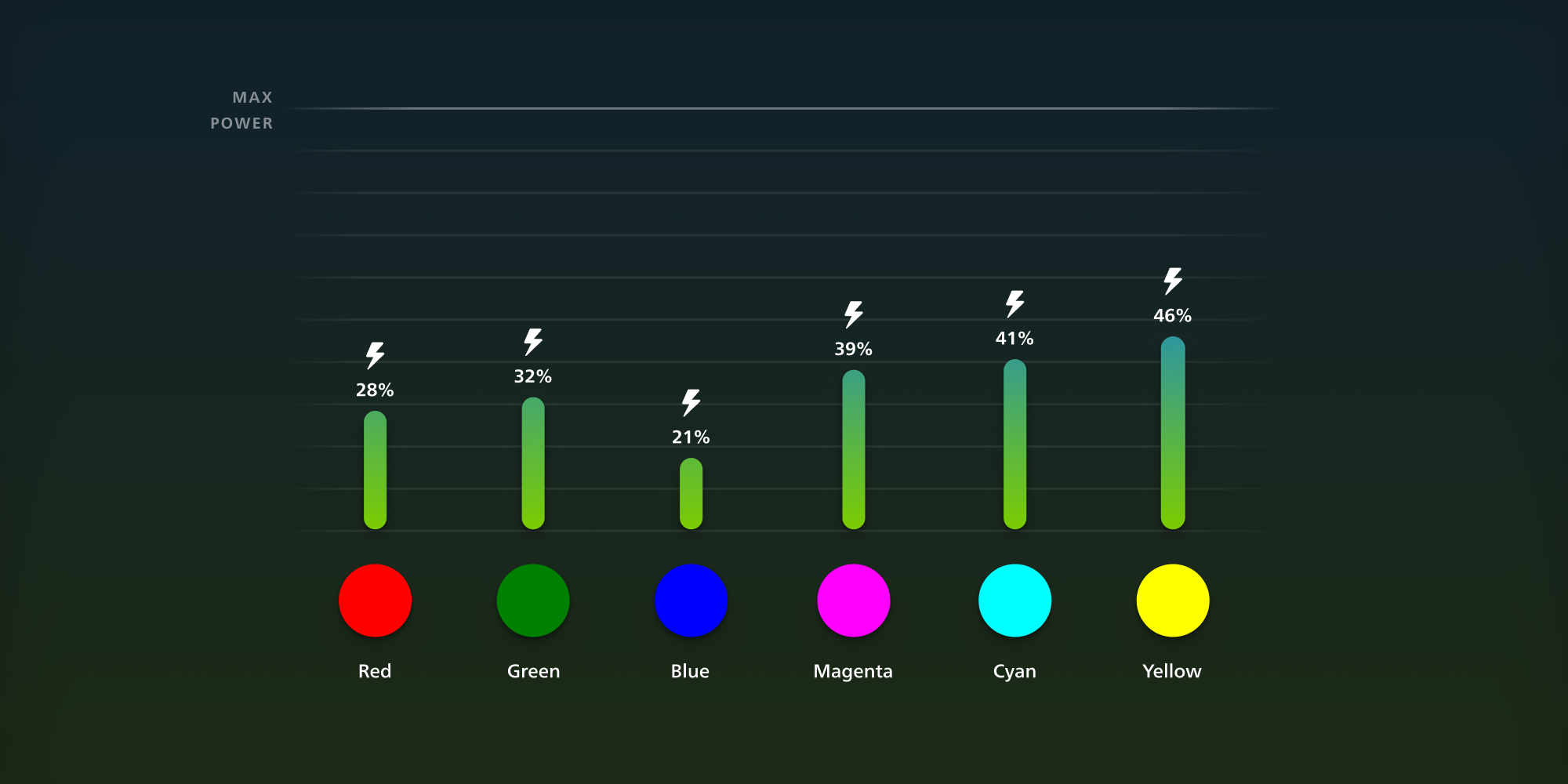Personalised Philips Hue lighting helps to save energy
Signify is committed to doubling its positive impact on the environment and society by 2025, and as part of this commitment, Philips Hue recommends three ways for users to save energy easily when using their Philips Hue bulbs — by using scenes, dimming, or setting them to colour.
As lighting accounts for approximately 9% of an average home’s electricity use, coming fourth after heating/cooling your home, water heating, and domestic appliances, saving energy on lighting can make a difference. Transitioning from conventional lighting to connected LED lighting already saves up to 85% of energy. In addition, energy-efficiency can be considered when enjoying personalised light experiences with Philips Hue. Its automations and sensors help to light up areas of the home only when needed for convenience,while users can benefit from different settings with energy efficiency in mind.
Using Philips Hue scenes
Philips Hue scenes can create different looks in a room or zone and they’re also energy efficient. To illustrate this, the top five most popular scenes (Savanna sunset, Tropical twilight, Arctic aurora, Spring blossom, and Soho) can reduce the total energy consumption of a bulb by up to 70%. For example, by using Tropical twilight, you can reduce the amount of energy a bulb consumes by 82%. The ultimate energy-saving scenes are Galaxy, Blood moon, and Beginnings, each reducing energy consumption by 88%. Meanwhile, Tokyo and Motown come in second, each reducing up to 87% of energy consumption. Philips Hue users can benefit from these scenes by creating a unique ambiance for dinner with friends or relaxing on the couch, and save energy at the same time.

Dimming Philips Hue bulbs
Dimming your Philips Hue bulbs is a way to create a cosy ambiance while helping to significantly save energy. When dimming a bulb to 70% of its maximum brightness, it uses 51% less energy. When dimming a Philips Hue bulb even further, such as to 50% of its maximum brightness, it saves as much as 75% on energy consumption. By choosing to dim your Philips Hue bulbs, you can still enjoy functional and mood lighting, while reducing your energy consumption.

Selecting colour light instead of white
By choosing from 16 million colors, Philips Hue users can personalise their light experience at home. And as white light consumes more energy than colour light, it’s easy to save energy around the home by setting Philips Hue bulbs to colour rather than white. The most energy-efficient colour is blue. When setting a colour-capable bulb to blue light, it consumes up to 79% less energy compared to white light. Blue light is followed closely by red (consuming 72% less energy compared to white), followed by green and magenta (consuming 68% and 61% less energy, respectively). By setting the bulb to cyan or yellow, you reduce its energy consumptionby 59% and 54%, respectively.

“As a world leading brand in smart lighting, we take our corporate and social responsibility very seriously, continuously looking for ways to minimise our impact on the environment. As part of this, we believe it's important to create awareness and support how our Philips Hue users can find additional ways to reduce their energy consumption. These recommendations can make a difference, even more so in the current energy crisis, and we keep on developing features to support our users even further in their energy reduction,” said Jasper Vervoort, Business Leader Philips Hue at Signify.
Signify has been 100% carbon neutral in global operations since 2020 and is continuously developing long-lasting, future-proof products. Signify enables users to consume less energy in their homes by providing energy-efficient and connected lighting solutions. In addition, Signify is committed to more sustainable packaging, removing plastics from all their consumer packaging in 2022, and sending zero waste to landfill.









